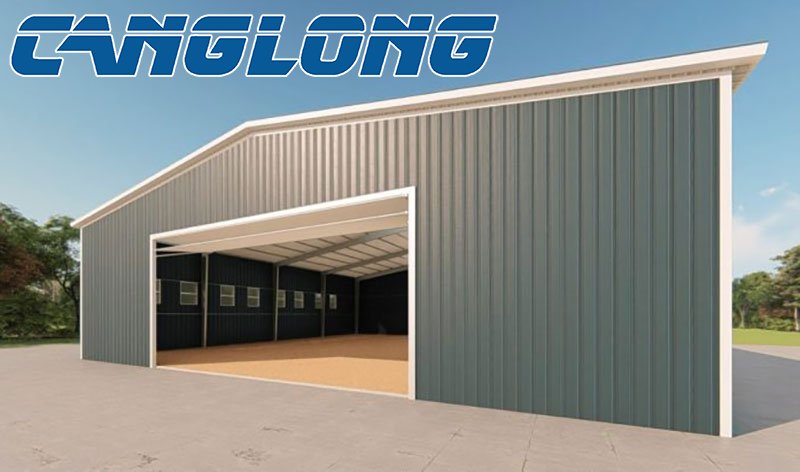Thermal insulation of steel prefabricated buildings
With the development of modern industrial technology and people's increasing requirements for construction quality, steel prefabricated buildings are increasingly used in the construction industry. Steel prefabricated buildings have the advantages of stable structure and long service life, but there are also some problems, one of the most important ones is the thermal insulation performance.
The importance of thermal insulation in steel prefabricated building
In high-temperature environments, prefabricated steel buildings are easily affected by heat conduction and radiation, leading to an increase in indoor temperature and affecting the comfort of the occupants and the service life of the building. Therefore, it is very important to insulate steel prefabricated building.

Methods of thermal insulation of steel prefabricated buildings
Use insulation materials
In prefabricated steel buildings, the use of thermal insulation materials is a common method of insulation. Common insulation materials include insulation cotton, insulation paint, etc. These materials can effectively reduce heat conduction and radiation and improve the thermal insulation performance of the building.
Increase air layer
In prefabricated steel buildings, adding an air layer is also an effective method of insulation. By placing an air layer between two layers of steel plates, heat conduction and radiation can be effectively reduced. At the same time, the air layer can also play a role in ventilation and improve the comfort of the building.
Use composite walls
A composite wall is a wall made of multiple materials, one of which is insulation. This kind of wall can effectively reduce heat conduction and radiation and improve the thermal insulation performance of the building. At the same time, composite walls can also improve the sound insulation effect of buildings.
Use plants for insulation
Planting plants around prefabricated steel buildings can make use of the sunshade and heat insulation properties of plants, reduce solar radiation and air convection, and improve the comfort and service life of the building.
Steel prefabricated buildings offer many advantages, but they also present insulation issues. By using insulation materials, increasing air layers, adopting composite walls, and utilizing plant insulation, the thermal insulation performance of steel prefab buildings can be effectively improved, and the comfort of the occupants and the service life of the building can be improved.





